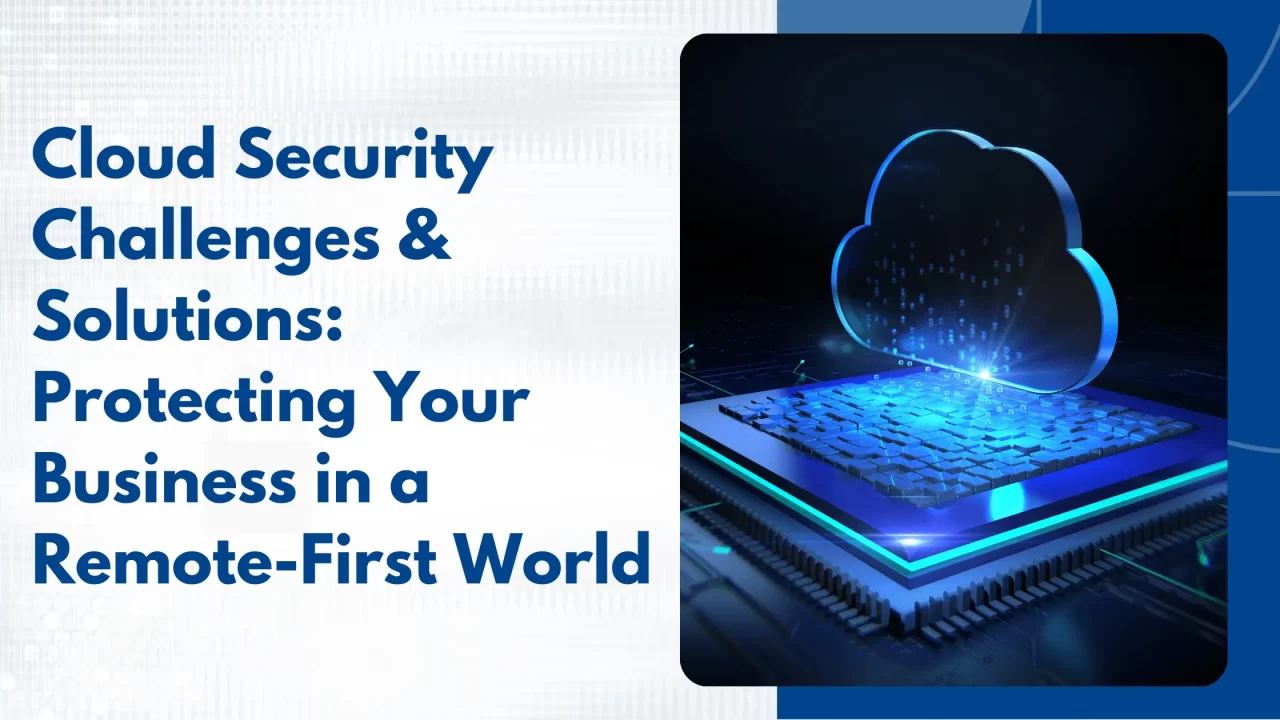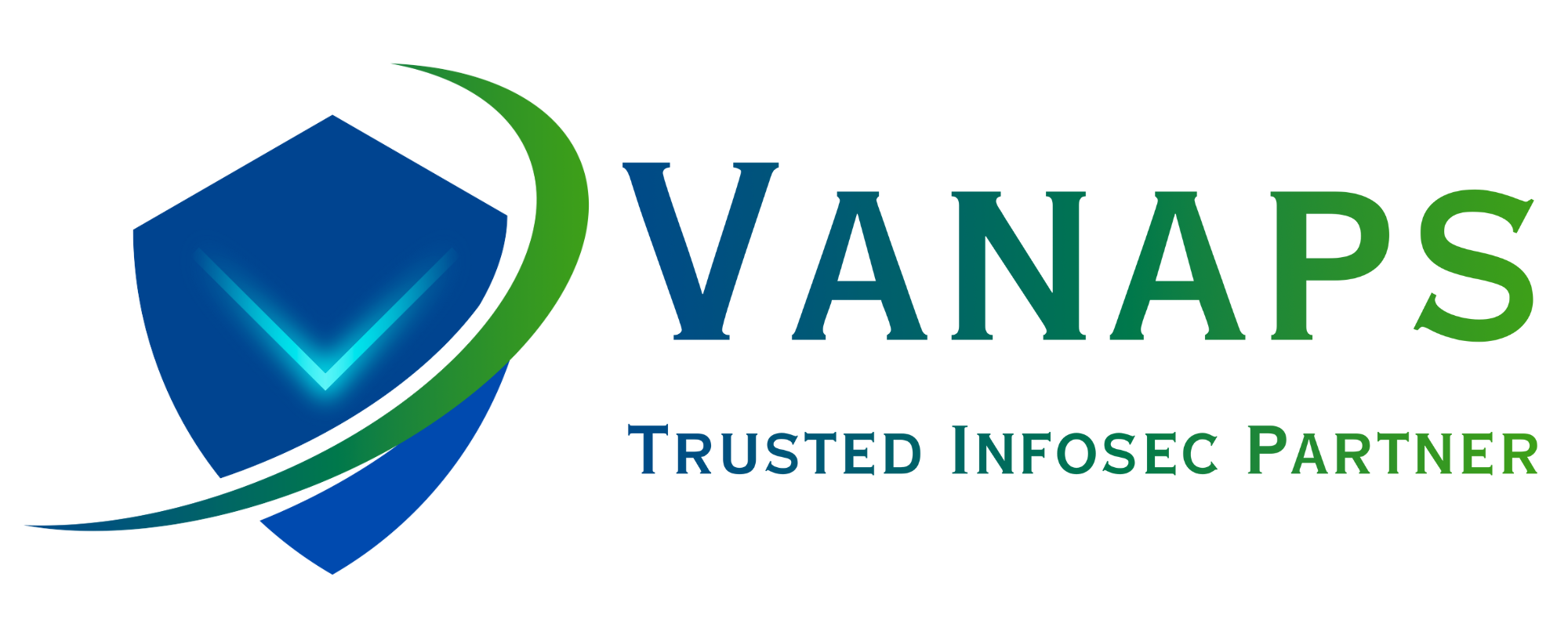The shift to a remote-first business model has brought many advantages—increased flexibility, wider talent pools, and operational efficiency. However, it has also introduced significant security challenges, particularly in the cloud. As organisations rapidly adopt cloud platforms for collaboration, data storage, and infrastructure, securing these environments has become a critical priority.
In this blog, we will explore the top security risks in cloud environments, outline best practices and tools for effective cloud security, and explain the role of CNAAP (Cloud-Native Application Protection Platform) in safeguarding cloud applications.
Top Security Risks in Cloud Environments
1. Misconfigured Cloud Settings
Misconfigurations are among the most common and dangerous risks in cloud environments. Incorrectly set permissions or public access settings can expose sensitive data to the internet, often without the organisation’s knowledge.
2. Inadequate Identity and Access Management (IAM)
Poor IAM policies can allow unauthorised users to access critical systems and data. Without strong authentication mechanisms and role-based access controls, businesses are vulnerable to internal and external threats.
3. Data Breaches and Leakage
The cloud’s interconnected nature makes it easier for attackers to move laterally once they gain access. Unencrypted data, shared storage, and unsecured APIs increase the likelihood of breaches and data leaks.
4. Insecure APIs and Interfaces
Cloud services are built on APIs, but if these are poorly secured, they become a significant attack vector. APIs that lack proper authentication, rate limiting, or encryption expose cloud workloads to risk.
5. Insider Threats
Employees, vendors, or partners with access to cloud resources can inadvertently or maliciously compromise security. Without proper monitoring, these threats often go undetected.
6. Lack of Visibility and Control
With multiple cloud providers and tools, IT teams often struggle with fragmented oversight. Limited visibility into cloud usage and data flows hampers the ability to detect and respond to threats in real time.
7. Compliance Violations
Regulations like GDPR, HIPAA, and ISO 27001 apply to cloud environments too. Non-compliance due to inadequate controls can lead to fines, sanctions, and reputational damage.
Cloud Security Best Practices and Tools
1. Implement Strong Identity and Access Management (IAM)
Use multi-factor authentication (MFA), enforce least privilege access, and adopt single sign-on (SSO) where possible. IAM ensures that only verified users can access specific cloud resources.
2. Encrypt Data at Rest and in Transit
Encryption is critical for protecting sensitive data from interception and unauthorised access. Use industry-standard encryption protocols and manage keys securely.
3. Use Cloud Security Posture Management (CSPM) Tools
CSPM solutions continuously monitor cloud infrastructure for misconfigurations and compliance violations. They offer automated remediation and audit-ready reports.
4. Deploy Web Application Firewalls (WAFs) and API Gateways
WAFs filter and monitor HTTP traffic to and from cloud applications, protecting against OWASP Top 10 threats. API gateways secure API traffic and apply consistent security policies.
5. Monitor and Log Cloud Activity
Centralised logging and monitoring tools help detect anomalies, investigate incidents, and maintain audit trails. Solutions like SIEM (Security Information and Event Management) integrate logs across services.
6. Conduct Regular Penetration Testing and Risk Assessments
Simulate attacks and audit cloud infrastructure to identify vulnerabilities. These assessments help in proactively strengthening security posture.
7. Train Staff and Raise Security Awareness
Human error remains a leading cause of cloud breaches. Regularly educate employees on cloud security risks, safe usage practices, and data handling protocols.
8. Apply Micro-Segmentation
Divide cloud networks into smaller zones to contain threats and limit lateral movement in case of a breach. This enhances overall network security.
The Role of CNAAP in Securing Cloud Applications
Cloud-Native Application Protection Platforms (CNAAP) offer a unified approach to cloud security, specifically designed for modern, distributed, and containerised environments.
1. Integrated Security Across the Application Lifecycle
CNAAP platforms provide visibility and control from development to deployment. They embed security into CI/CD pipelines, enabling developers to detect and remediate vulnerabilities before applications go live.
2. Real-Time Threat Detection and Response
Using machine learning and behavioural analytics, CNAAP solutions can identify anomalous behaviour and trigger automated responses. This reduces dwell time and limits damage from breaches.
3. Compliance and Configuration Management
CNAAP tools assess configurations against compliance benchmarks like ISO, NIST, and PCI DSS. They offer alerts and auto-remediation for non-compliant settings.
4. Container and Kubernetes Security
As businesses increasingly use containers and microservices, CNAAP platforms offer runtime protection, access controls, and vulnerability management tailored for these workloads.
5. Identity and Access Control Integration
CNAAP integrates with IAM solutions to enforce granular access policies. It ensures that users and services only interact with what they are explicitly allowed to, in line with Zero Trust principles.
Conclusion
The cloud has become the backbone of modern business operations, but with that convenience comes responsibility. As remote work, hybrid environments, and cloud-first strategies become the norm, organisations must prioritise cloud security.
By understanding the risks, implementing best practices, and leveraging platforms like CNAAP, businesses can confidently harness the power of the cloud while protecting their most valuable assets.
In a remote-first world, cloud security isn’t optional—it’s foundational to business success.



